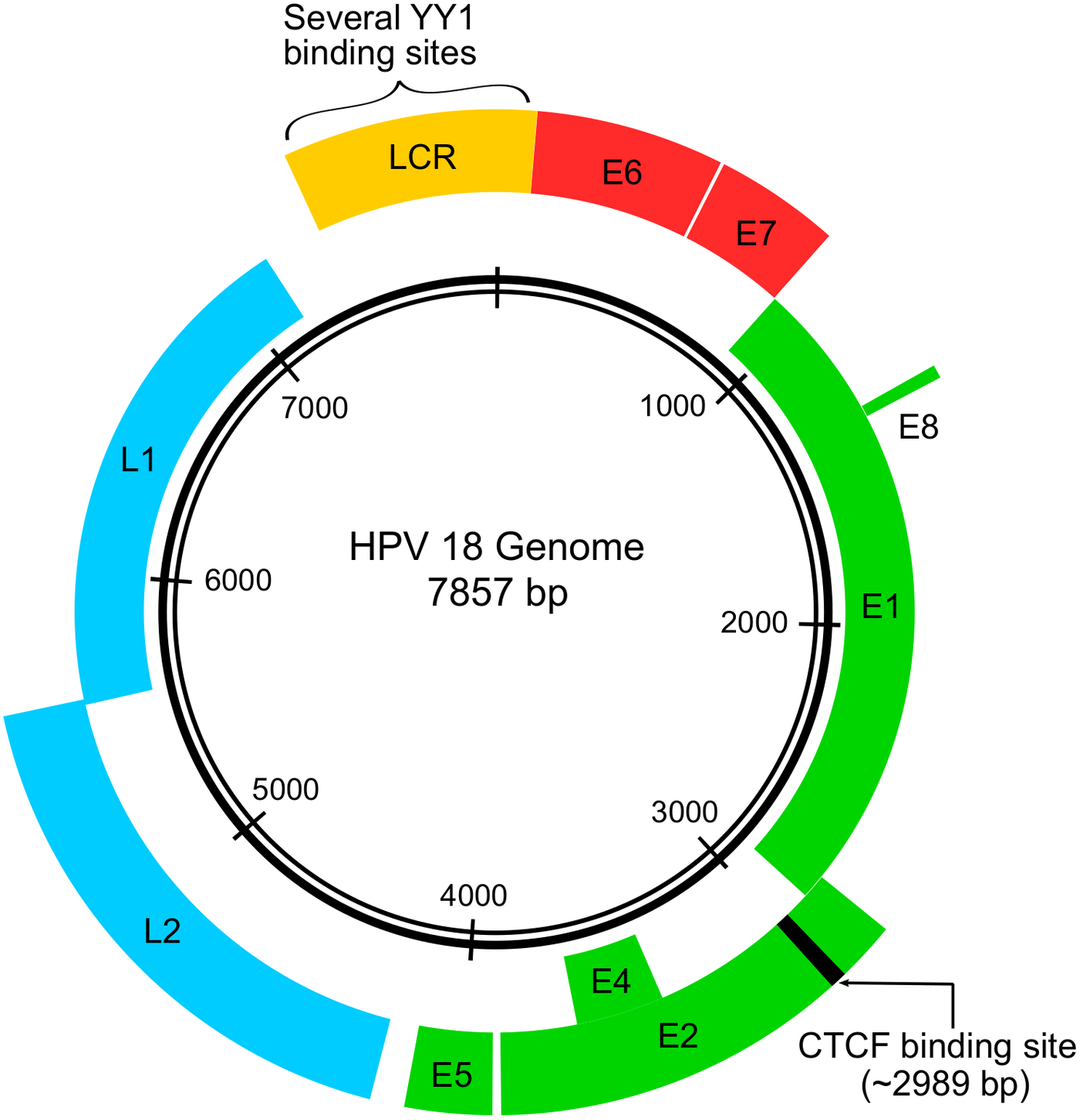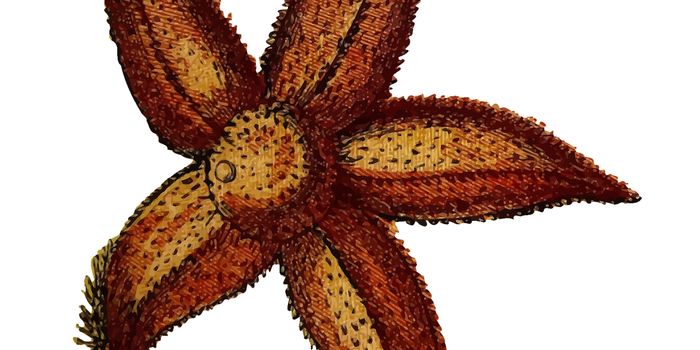The Human Papillomavirus, or HPV, is the most common sexually transmitted infection. It is most widely known for its ability to cause different types of cancer, most prominently cervical cancer. According to the Center for Disease Control, “12,000 women living in the U.S. will be diagnosed with cervical cancer [every year], and more than 4,000 women die from cervical cancer.” This is a staggering statistic and scientists are continually trying to fight the progression of the disease, starting with the source, HPV. Dr. Joanna Parish and her team have been tirelessly looking for answers.
What makes HPV so menacing is the ability for it to hijack the body’s own cells to replicate itself and spread throughout surrounding tissue. HPV is the source of “viral oncogenes,” which are genes from the virus itself that use the host cell’s own mechanisms to replicate. In the process, this disrupts the natural cellular processes of the host cell and lead to cancer.Two viral oncogenes of HPV, known as E6 and E7, are most responsible for healthy cells turning into cancerous cells. The genes interact with cellular proteins provided by the host cell to “deregulate several cellular processes, DNA repair, differentiation [the changing of one cell type to another], and apoptosis [or cell death].”(Chakrovty and Sudgen). Parish and her team discovered two cellular proteins, CCCTC-binding factor (CTCF) and Yin Yang 1 (YY1), that regulate expression of these viral oncogenes.
Within the cellular host, E6 and E7 viral oncogene levels vary throughout the life cycle of the virus. HPV will infect undifferentiated cells (or cells that have not changed into their final cellular fate) within the epithelium (skin) of the genital area. During this time, E6 and E7 levels are kept very low, preventing HPV from being spotted by the immune system. When the cells are almost completely mature epithelial cells (differentiated), the levels of E6 and E7 rise, causing the cells to continue to divide and grow. Continual replication and growth of cells is known as cancer. While normal cells would grow, divide, and stop, cells infected with HPV that have increased levels of expression of E6 and E7 continue the cell cycle. HPV hacks the internal processes of the cells and forces them to keep dividing.
The variation of expression of E6 and E7 viral oncogenes has remained largely unknown, but Parish and her team have shown that the CTCF protein leads to higher levels of E6/E7 expression and increased cell division of infected cells. The CTCF proteins are made by our own cells and are extremely important in regulating normal cellular processes within those cells. In infected cells, CTCF binds to the viral DNA to regulate the expression of the virus in the cell. Now enter protein YY1: YY1 is thought to bind to regions on the viral DNA effectively “silencing” the expression of downstream genes, such as E6 and E7. YY1 is a native protein found in healthy, non-infected cells, similar to the CTCF protein. Parish and team ponder the idea that CTCF and YY1 work together to keep E6 and E7 levels low in immature, undifferentiated cells, making them invisible to the immune system of the host. Parish and her team monitored CTCF and YY1 levels, in conjunction with E6 and E7 expression levels. They found that as the cells differentiated, or changed into mature epithelial cells, CTCF levels remained constant and YY1 levels decreased. With the decrease of YY1, the expression levels of E6/E7 also increased.
Parish and colleagues propose a new model for HPV viral oncogene regulation. They suggest that YY1 and CTCF bind to the viral DNA to loop around itself, effectively repressing E6/E7 expression. As the cells differentiate, naturally occurring YY1 levels decrease and cause the DNA to unloop, making E6/E7 expression possible and thus continue to cellular replication of the infected cell.
These findings are an important and vital step in knowing the life-cycle of HPV and how it hijacks the host cell to replicate, divide, and ultimately cause cancer. These exciting findings remind us of how much we know about HPV, but also how much more there is to be learned. As scientists uncover the mystery of the hijacking human papillomavirus (HPV), it is essential to educate yourself about the disease, it’s transmission, and ways to prevent it’s spread.
To learn more about HPV itself and the vaccination available to prevent HPV infection, watch the video below:
Sources: Adityarup Chakravorty and Bill Sugden via PLOS Biology, Center for Disease Control and Prevention









